Earth System Science
- Teacher Resource
- 3.28.13
- NOVA
Education Collections allow us to curate the most relevant online resources related to specific NOVA programs. Use this collection of resources as a source of inspiration for your classroom: find a video clip to start a discussion with your students or incorporate an activity or demonstration into your class.
NOVA's Earth system science collection highlights important Earth processes normally invisible to the human eye. The standards-based media resources below expose the intricate web of forces that sustain life on Earth, allowing educators to explore the astonishing beauty and complexity of our dynamic planet with their students.
Programs
-

Earth From Space
Full Program | 1:52:52
Detailed satellite images reveal the web of connections that sustain life on Earth.
Video Clips
-
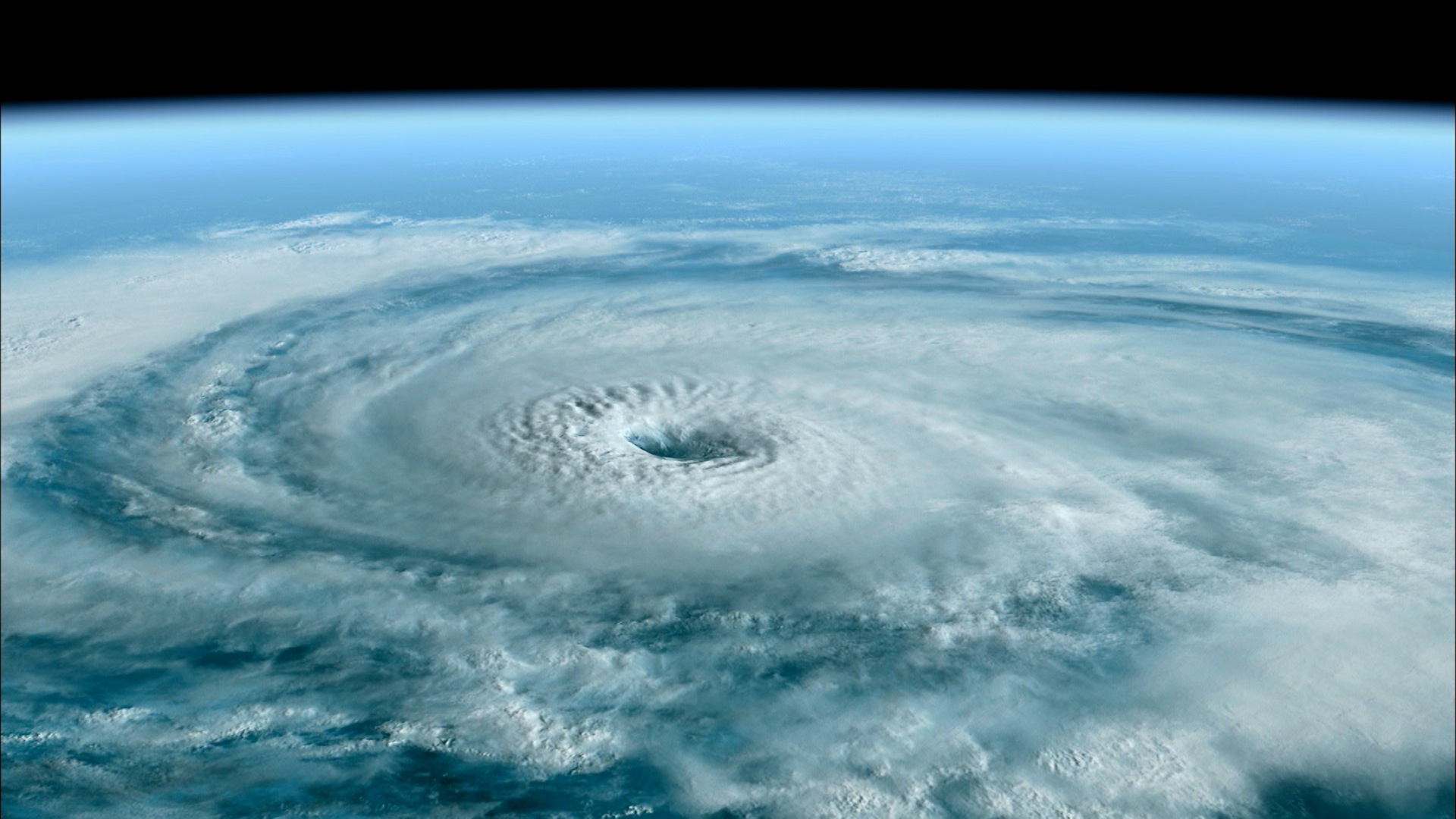
Water Vapor Fuels Hurricanes
Video Clip | 4:57
Visualizations show how oceans and sunlight interact to produce hurricanes.
-
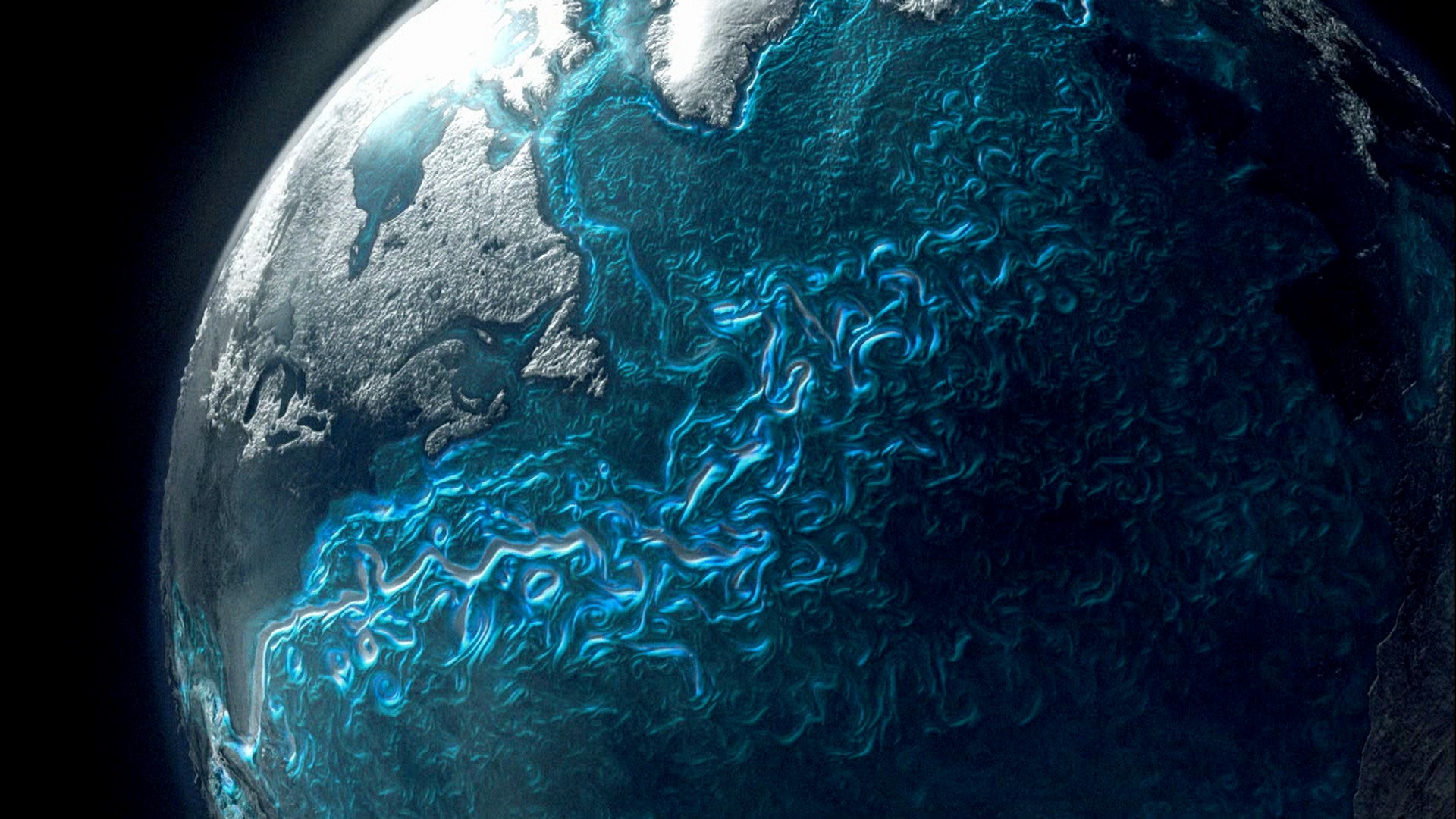
Global Ocean Circulation
Video Clip | 4:48
Learn about patterns of global ocean circulation and its influence on climate.
-
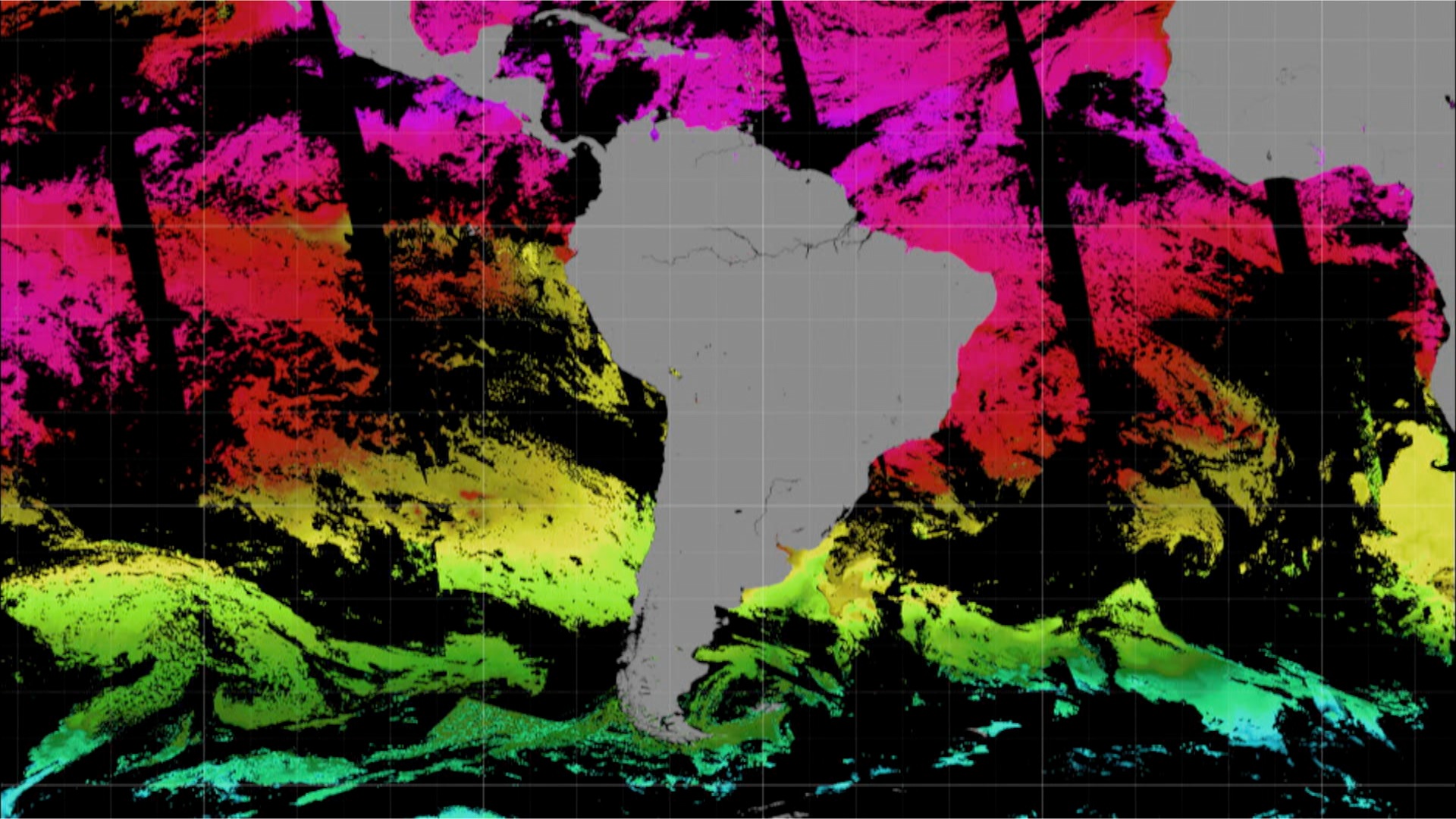
Nutrients from Deep-Sea Vents
Video Clip | 6:02
Explore the connection between hydrothermal vents and living organisms.
-

Lightning Produces Nitrates
Video Clip | 5:05
Learn about the global impact of lightning and how it produces an essential nutrient for living things.
-
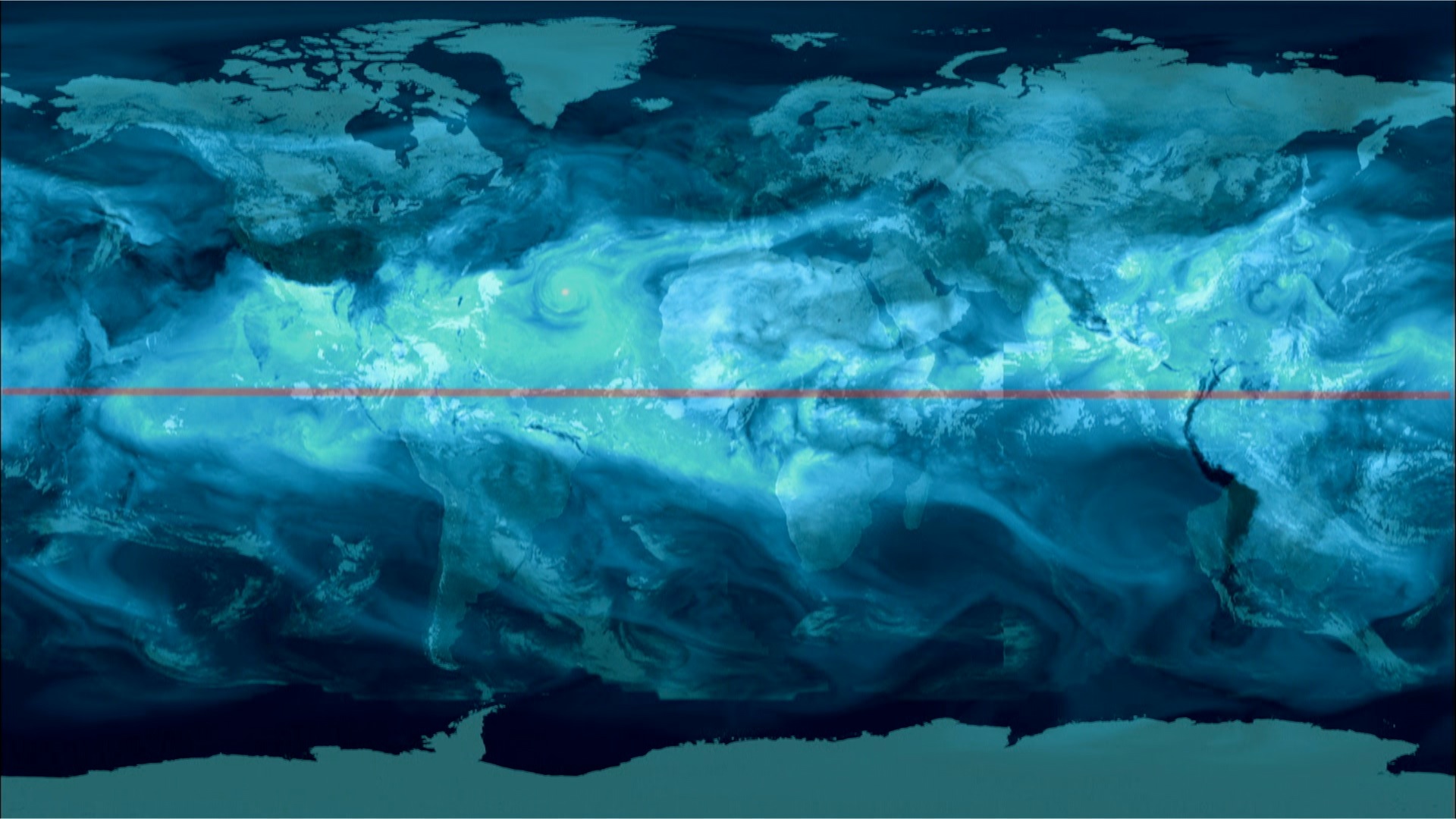
Monitoring Earth's Water Vapor
Video Clip | 5:29
Observe the global pattern of water vapor circulation and learn how it connects the Sun, oceans, atmosphere, and life.
-
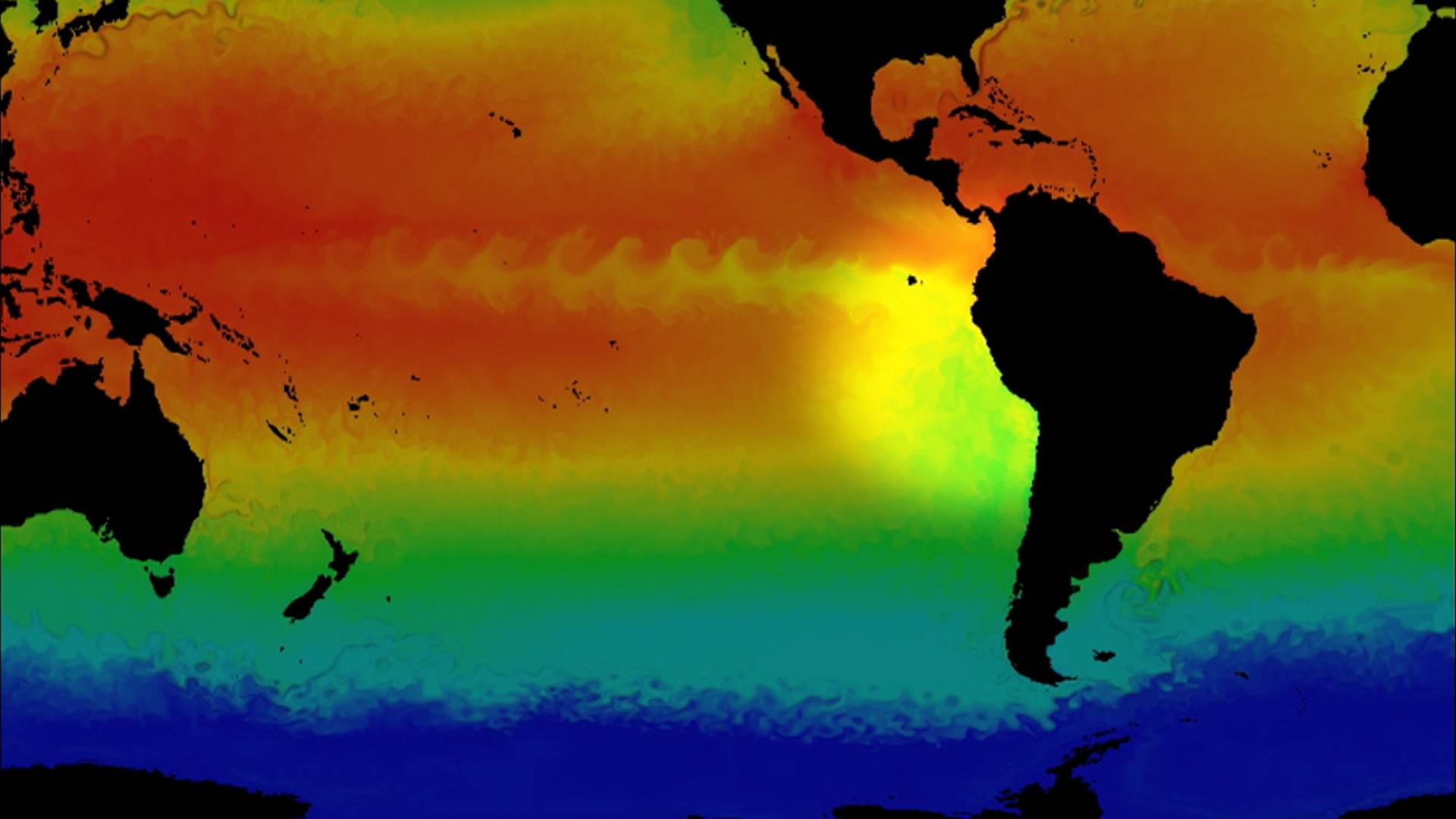
La Niña and Tornado Outbreaks
Video Clip | 2:24
Examine how the climate phenomenon of La Niña may help set up conditions conducive to large tornado outbreaks.
-

Sandy and Climate Change
Video Clip | 3:13
Learn how Earth's warming climate may have contributed to Hurricane Sandy's devastating impact.
-
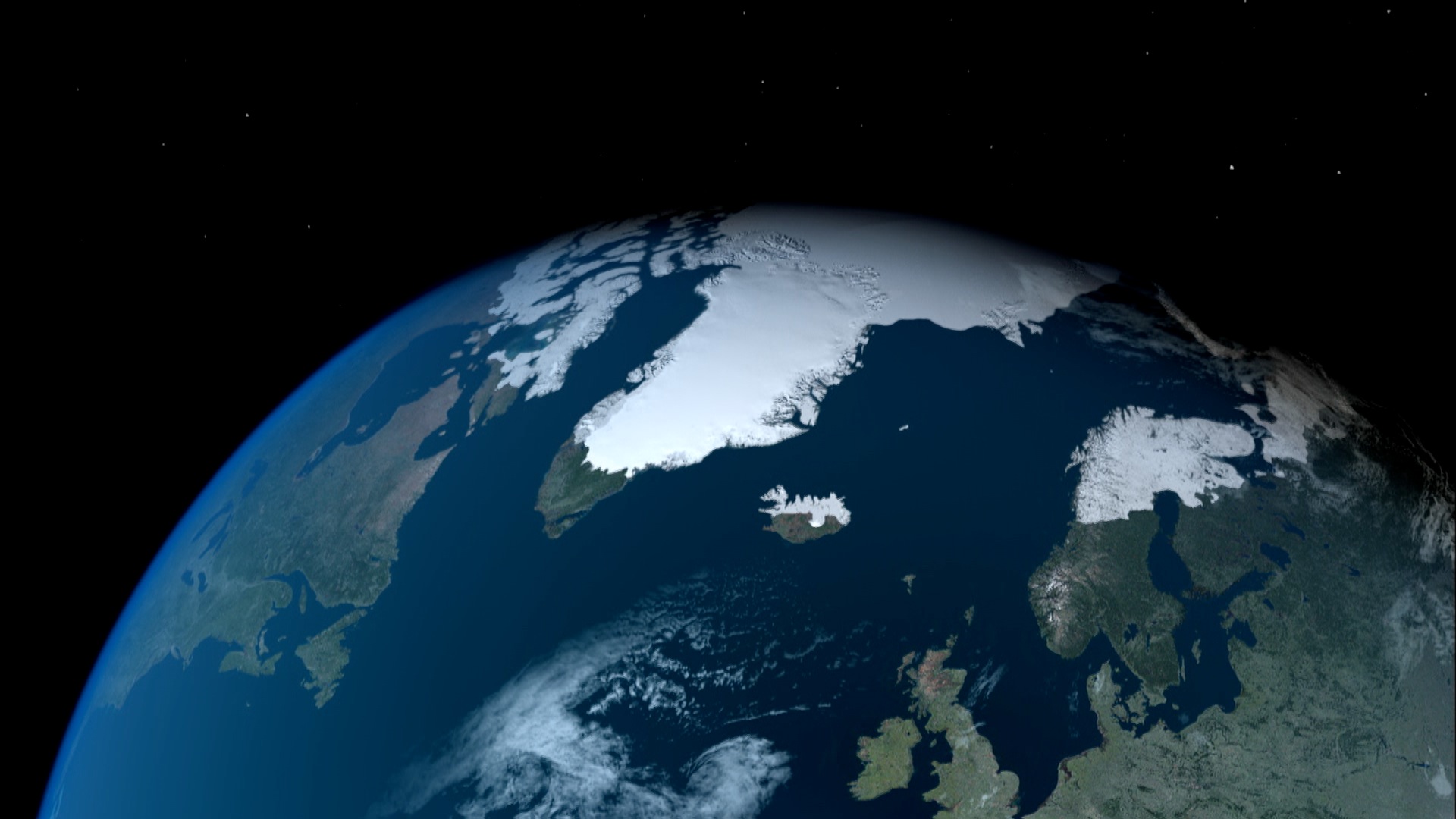
Ice-Core Record of Climate
Video Clip | 3:07
Explore how ice cores reveal a relationship between greenhouse gases and climate.
-
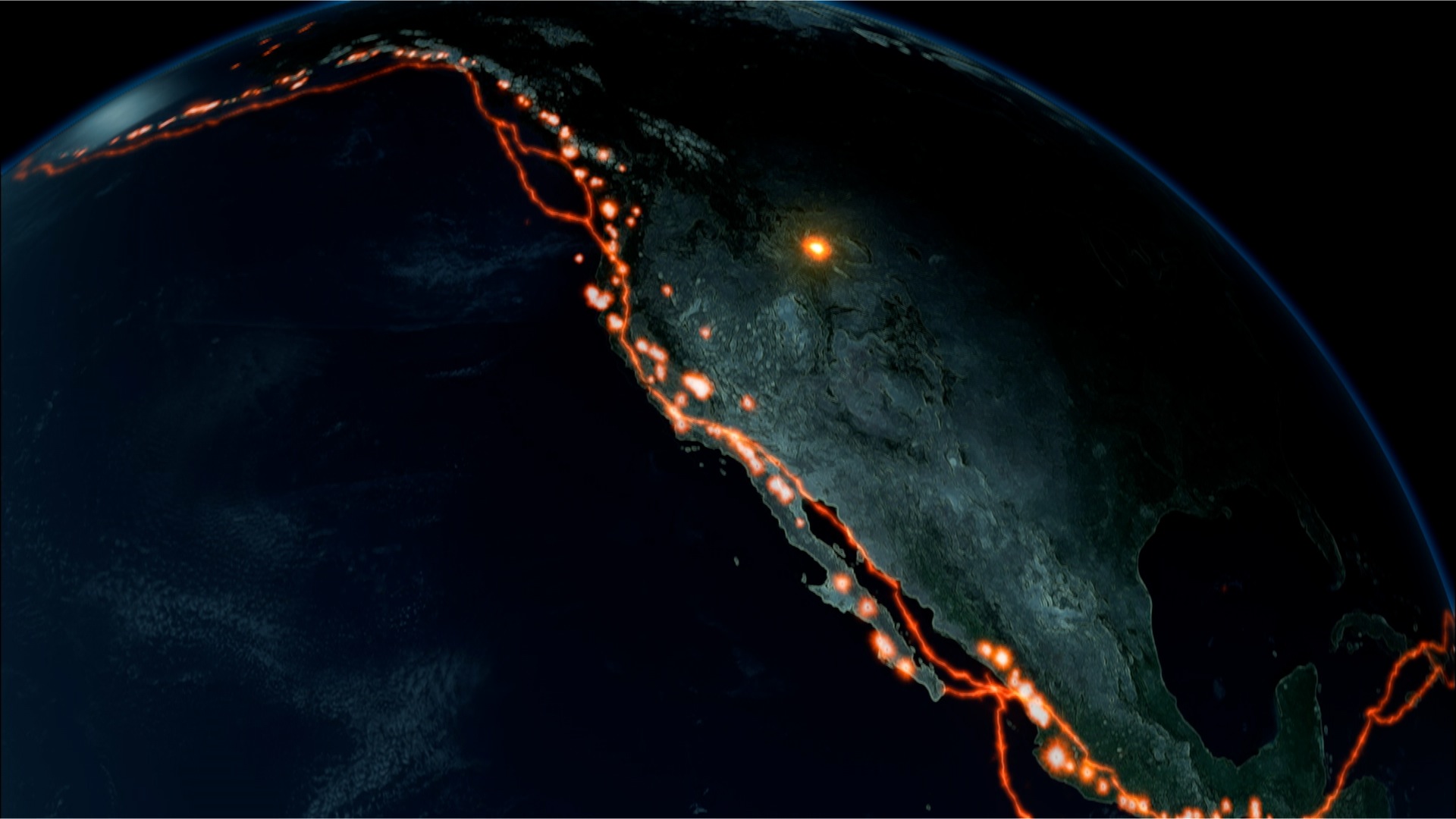
Volcanism at Yellowstone
Video Clip | 5:45
Learn why the Yellowstone supervolcano is located in the middle of the North American Plate instead of along a plate boundary, where most volcanoes form.
Multimedia
-

The Cloud Lab
Interactive
Try your hand at classifying clouds and investigating the role they play in severe tropical storms.
-

The Sun Lab
Interactive
Research solar storms using images from NASA telescopes; share your work; and find out about careers in science.
-
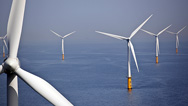
The Energy Lab
Interactive
Explore ways to make the most of renewable energy sources and use real data to design your own virtual power systems.






